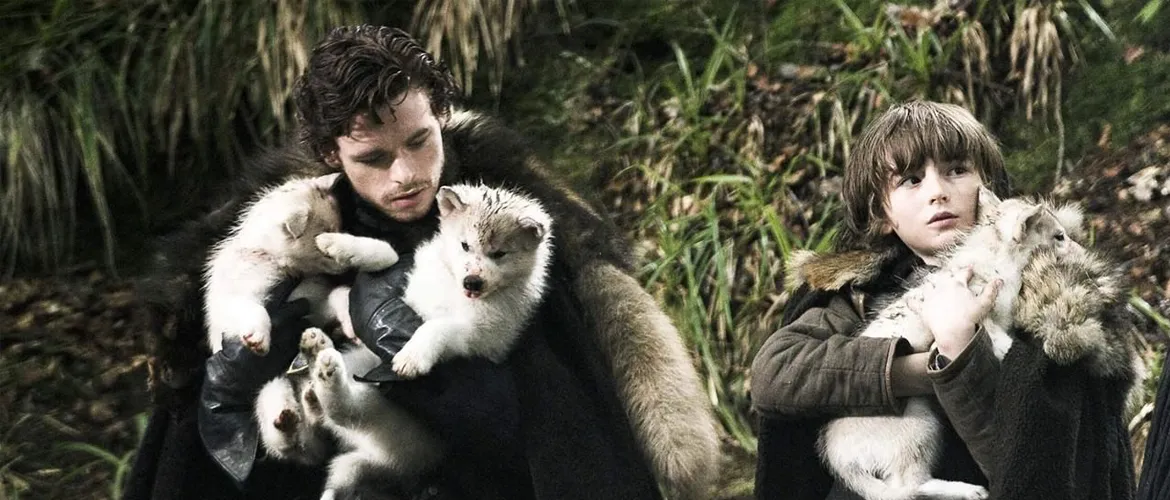SDe-extinction and cloning: the return of the Dire Wolf
The dire wolf (Canis dirus), icon of the prehistoric megafauna, dominated the Americas during the Pleistocene. Extinct for more than 12,000 years, this legendary predator has once again captured the world’s attention thanks to an unprecedented biotechnological milestone: its partial de-extinction.
Through a combination of CRISPR, cloning and synthetic biology, scientists have succeeded in recreating a living organism that carries key genes from the dire wolf. This breakthrough reignites the global debate on de-extinction and its potential to restore lost biodiversity.
In this article, we look at this fascinating achievement and explore how Ovoclone, from Spain, is working to make animal cloning and reproductive biotechnology drivers of conservation and genetic sustainability globally.
Science of (de)extinction: CRISPR, cloning and synthetic biology
The de-extinction of the dire wolf combines three key advances:
- Ancient DNA sequencing: from fossilised remains, the genes that characterised the dire wolf were identified.
- Gene editing with CRISPR: these genes were introduced into the grey wolf genome.
- Reproductive cloning: using somatic nuclear transfer, embryos were created and implanted into surrogate mothers.
The result: living individuals expressing traits of the dire wolf, marking a turning point in the application of biotechnology to conservation.
Ovoclone: Biotechnology at the service of biodiversity
At Ovoclone we apply these technological advances in animal cloning with two main approaches:
Pet cloning
We offer the possibility of preserving the genetic legacy of beloved pets through cloning or cryopreservation of cells. In this way, we give families the opportunity to perpetuate the genes of their pets.
Conservation of endangered species
We work to apply cloning and assisted reproduction to endangered species, contributing to the genetic sustainability of:
- The Iberian wolf, an emblematic species of the Spanish fauna.
- The Iberian lynx, the most endangered feline in the world.
- Native livestock breeds, fundamental for the agricultural and cultural diversity of Spain.
Our mission is clear: to turn biotechnology into an effective tool for the preservation of life.
Dire wolf: international cases that inspire
The de-extinction of the dire wolf joins other global landmark projects:
- Woolly mammoth: ambitious project to reintroduce mammoth genes into cold-adapted Asian elephants.
- Arctic wolf in China: first successful cloning of an Arctic wolf, a milestone in genetic conservation.
These cases reinforce Ovoclone’s vision as a global player in reproductive biotechnology, positioned to lead similar initiatives in Europe.
Ethical reflection: Science with responsibility
Cloning and de-extinction raise essential debates on:
- Animal welfare: we guarantee the highest standards of care.
- Ecological impact: we apply cloning judiciously, respecting the natural balance.
- Genetic diversity: we encourage selective cloning to enrich populations, not homogenise them.
Ovoclone is committed to rigorous bioethical practice, guided by transparency and responsible science.
Leading the future of sustainable cloning
The resurrection of the dire wolf opens new doors for global conservation. At Ovoclone we embrace these advances to offer real and sustainable solutions to preserve our biodiversity.
We invite you to visit our blogs to discover the latest developments in animal cloning and biotechnology in Spain, or to contact us if you would like to explore collaborations or learn more about our services.

